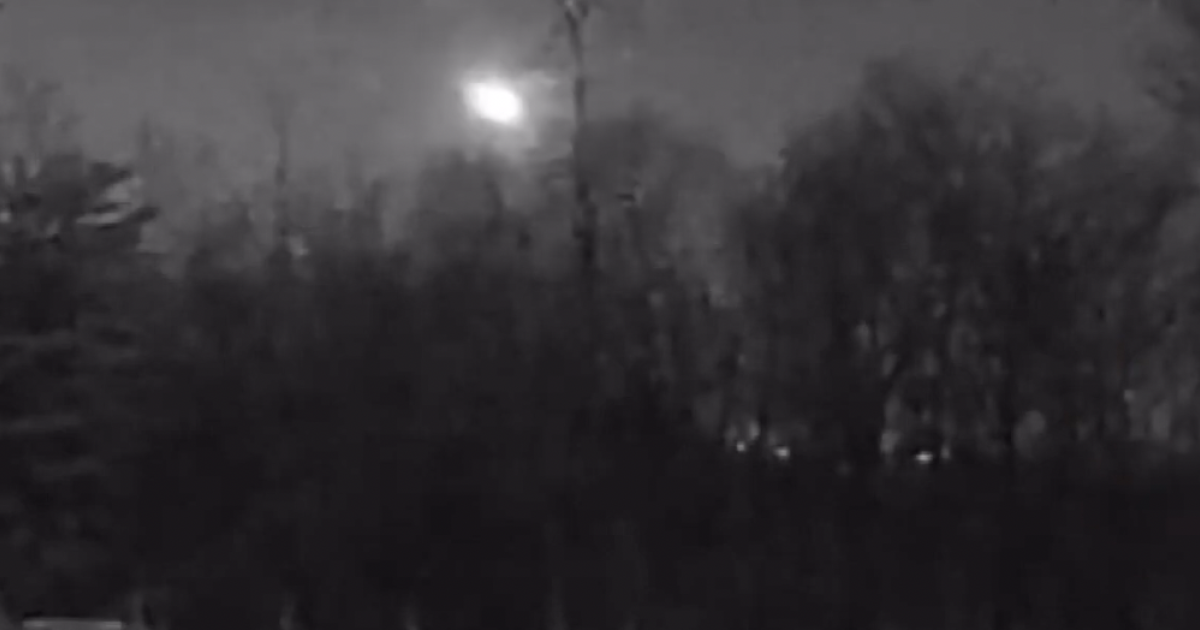
A huge fireball illuminates the night sky over a significant portion of the United States.

A bright and shining fireball lit up the evening sky in large areas of the eastern United States and portions of Canada on Wednesday night. It entered the Earth’s atmosphere and quickly disintegrated. According to data gathered by the American Meteor Society, over 200 witnesses in 11 U.S. states and Ontario reported the spectacular event.
According to the data, the majority of individuals who witnessed the meteor on Wednesday evening observed it during the time frame of 6:45 and 7 p.m. EST. Most sightings lasted between 1 and 7.5 seconds. However, a few reports mentioned that the meteor remained visible for a longer period before disappearing. One account from Augusta, West Virginia and another from Front Royal, Virginia stated that the fireball could be seen for up to 20 seconds.
Certain sightings were especially vivid, despite being brief. A resident of Lyndon, Virginia named Donald Bradner shared footage from his Ring camera online, capturing a luminous flash streaking through the sky above nearby Maryland. The footage was obtained by WUSA-TV, a CBS affiliate. There were also more sightings on Wednesday night in northern Pennsylvania and the Midwest, including one in Westlake, Ohio and another in Southfield, Michigan, as reported by the news station.
Topper Shutt, a meteorologist at WUSA, reported on Wednesday that meteors do not pose a threat and never reach the surface of the earth. However, meteorites, which have been spotted recently, do make impact with the earth before disintegrating.
NASA defines a meteor, also known as a shooting star, as a space rock that enters the atmosphere and burns up on its own. If the meteor appears to be exceptionally bright, it is referred to as a fireball, sometimes even surpassing the brightness of Venus.
Before falling to Earth, the objects in space known as meteoroids are classified as such. They can range greatly in size, from tiny dust particles to massive asteroids. Many meteoroids originated from larger celestial bodies such as comets, the moon, and other planets. According to NASA, they can be composed of rock, metal, or a mixture of both.
One exceptionally bright fireball
In September of last year, numerous people in the mid-Atlantic area of the United States witnessed a phenomenon. According to NASA, the fireball was as luminous as a quarter moon and experts concluded that it originated from a small piece of an asteroid. The asteroid likely originated from the Asteroid Belt situated between Mars and Jupiter.
More
More
Source: cbsnews.com